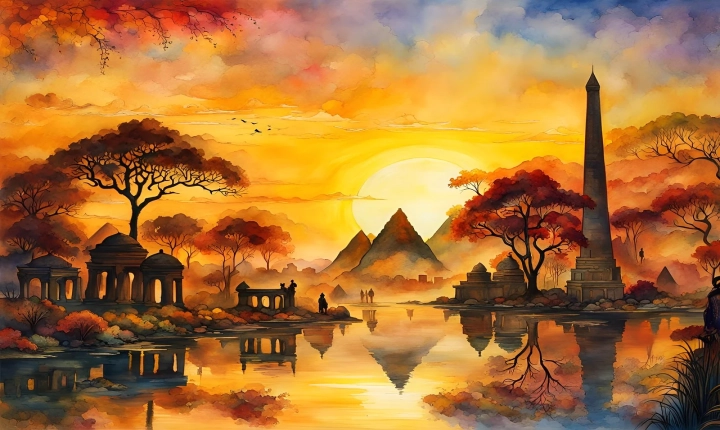If you’re looking to create a shaded effect in your graphic design, Adobe Illustrator offers several tools and techniques to help you achieve this look. By using gradients, blends, and shading techniques, you can add depth and dimension to your artwork, making it appear more realistic and visually appealing. In this article, we’ll explore some methods to make a graphic look shaded in Adobe Illustrator.
Using Gradients:
Gradients are a powerful tool for creating a shaded effect in Illustrator. By transitioning between different colors or levels of opacity, gradients can simulate light and shadow within your artwork. To apply a gradient to an object, select the object and then open the Gradient panel (Window > Gradient). From there, you can choose a linear or radial gradient, adjust the colors and positioning of the gradient stops, and manipulate the angle of the gradient to create the desired shading effect.
Using Blends:
Blending objects together is another effective way to achieve a shaded look in Illustrator. By creating a blend between two or more objects of varying colors or shades, you can simulate a smooth transition from light to dark. To create a blend, select the objects you want to blend, go to Object > Blend > Make, and then adjust the blending options in the Blend panel to control the number of steps and spacing between the objects.
Using Shading Techniques:
In addition to gradients and blends, you can also use various shading techniques to add depth and dimension to your artwork. One common method is to use the Gradient Mesh tool, which allows you to create a mesh grid over an object and then manipulate individual mesh points to control the shading and highlights. You can also use the Pen tool to manually add shadows and highlights to your artwork, or apply the Gaussian Blur effect to soften edges and create a more realistic shading effect.
Combining Techniques:
For more complex shading effects, you can combine different techniques in Illustrator to achieve the desired look. For example, you could use gradients to create an overall shading effect, blends to smooth out transitions between colors, and shading techniques to add finer details and highlights. By experimenting with different tools and methods, you can find the combination that works best for your specific graphic design project.
In conclusion, Adobe Illustrator provides a wide range of tools and techniques for creating a shaded effect in your graphics. By using gradients, blends, shading techniques, and a combination of these methods, you can add depth and dimension to your artwork, making it appear more realistic and visually striking. With practice and experimentation, you can master the art of shading in Illustrator and elevate the quality of your graphic design work.
